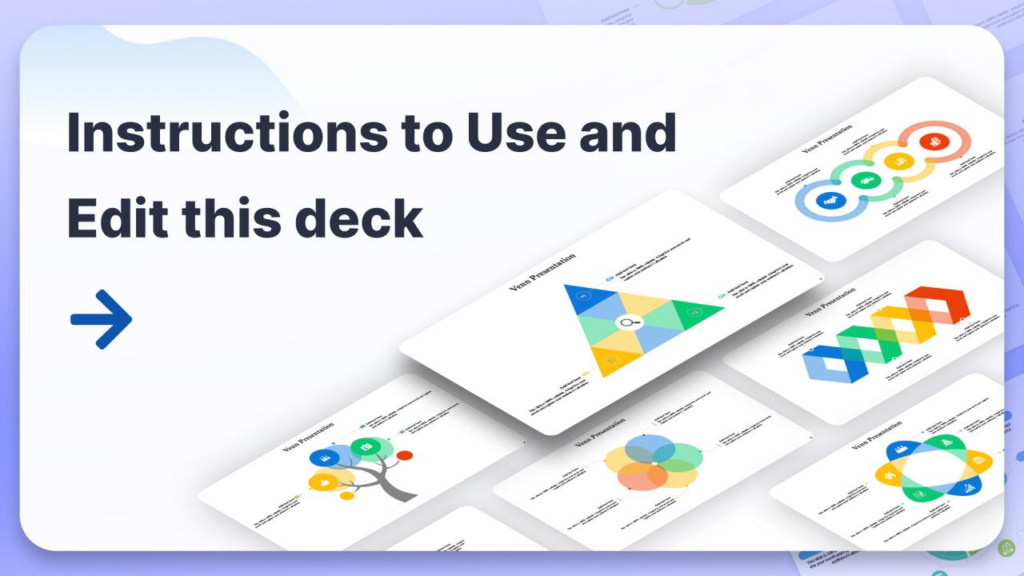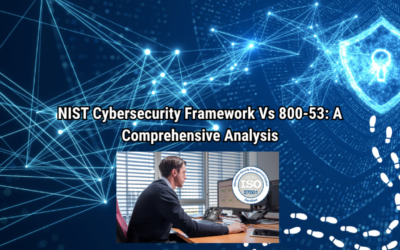ISO 27001 Checklist is the internationally recognized standard for Information Security Management Systems (ISMS). It provides organizations with a structured framework to manage sensitive information, ensuring it remains secure. Achieving ISO 27001 certification demonstrates an organization’s commitment to protecting information through a systematic approach, covering risk management, policies, procedures, and controls.
One of the most effective ways to ensure that an organization is ready for ISO 27001 certification is by following a detailed checklist. This checklist serves as a roadmap to help organizations meet the requirements of the standard, ensuring a successful implementation of an ISMS.
In this article, we provide an in-depth checklist covering the key components necessary for ISO 27001 compliance. The checklist includes steps for preparation, planning, implementation, and monitoring, with a focus on continuous improvement.
1. Pre-Implementation Preparation
Before diving into the complexities of implementing an Information Security Management System, organizations need to perform initial steps to lay the groundwork for success.
1.1 Understand ISO 27001 Requirements
- Familiarize with ISO 27001: Ensure key personnel understand the ISO 27001 standard, its principles, and requirements. This involves studying the full text of the standard, attending training sessions, or seeking professional consultation.
- Gain management buy-in: Obtain top-level support from senior management. ISO 27001 implementation requires commitment from the highest levels of leadership, as it involves resources, time, and organizational change.
- Define the scope of the ISMS: Determine which parts of the organization will be covered by the ISMS. This could include specific departments, business units, or the entire organization.
1.2 Identify Stakeholders and Assign Roles

- Establish an Information Security Team: Appoint a project leader or ISMS manager to oversee the implementation process. In larger organizations, you may need an entire team of professionals with different areas of expertise.
- Appoint an Information Security Officer (ISO): Designate an individual responsible for the management, coordination, and execution of the ISMS.
- Assign responsibilities and resources: Ensure that all staff members involved in the implementation have clear roles and responsibilities, and the necessary resources (time, personnel, budget) to carry out tasks.
1.3 Conduct a Gap Analysis
- Assess current security practices: Perform a comprehensive evaluation of existing information security controls, policies, and practices. Identify areas that meet ISO 27001 requirements and areas that need improvement.
- Identify legal, regulatory, and contractual obligations: Understand any specific legal requirements related to information security that must be incorporated into the ISMS (e.g., GDPR, HIPAA).
- Determine the maturity level of your ISMS: Evaluate how mature the organization’s current security practices are and what steps need to be taken to comply with ISO 27001.
2. Planning and Design
Once you have laid the groundwork, the next step is to plan the implementation of the ISMS and design a system that meets the ISO 27001 requirements.
2.1 Define the Information Security Policy
- Develop an Information Security Policy: This is a high-level document that outlines your organization’s commitment to information security, objectives, and strategy.
- Include security objectives and targets: Set specific, measurable goals for information security, aligned with the organization’s overall business objectives.
- Ensure management support: Ensure the policy has been approved by top management and is communicated throughout the organization.
2.2 Conduct a Risk Assessment and Risk Treatment Plan
- Identify information assets: List and categorize all information assets, including data, systems, personnel, and infrastructure that need protection.
- Perform a risk assessment: Identify potential threats, vulnerabilities, and impacts to your information assets. This helps determine the level of risk associated with each asset.
- Implement a risk treatment plan: Based on the risk assessment, develop a risk treatment plan. The plan should detail how each identified risk will be managed, whether by mitigating, transferring, avoiding, or accepting the risk.
- Establish risk acceptance criteria: Define what level of risk is acceptable within the organization and ensure these criteria are applied throughout the risk management process.
2.3 Implement Information Security Controls
- Select appropriate security controls: ISO 27001 Annex A outlines 114 control objectives, which help mitigate identified risks. Choose the relevant controls for your organization based on the results of your risk assessment.
- Ensure controls address confidentiality, integrity, and availability: The chosen controls must address the core principles of information security, ensuring that information is protected from unauthorized access (confidentiality), modification (integrity), and disruption (availability).
2.4 Create Documentation and Procedures
- Document the ISMS processes: Create a set of formal procedures and documents to support your ISMS. These include policies, risk assessments, treatment plans, incident response plans, and internal audit reports.
- Ensure version control: Implement a system to track revisions and ensure all documents are up to date and reviewed regularly.
- Define roles and responsibilities: Document the roles, responsibilities, and authorities of individuals involved in implementing and maintaining the ISMS.
3. Implementation
Once planning and design are in place, the next step is the implementation of the ISMS across the organization.
3.1 Implement Security Controls
- Put in place chosen security controls: Execute the controls as identified in the risk treatment plan. This may include installing technical solutions, developing policies, and ensuring compliance with legal and regulatory requirements.
- Ensure employee training and awareness: Ensure that all employees are trained on information security policies and procedures, including how to handle sensitive information, recognize security threats, and report incidents.
3.2 Monitor and Review Security Performance
- Monitor information security measures: Continuously monitor the effectiveness of implemented security measures and controls. Use tools such as security information and event management (SIEM) systems, vulnerability scanners, and penetration testing.
- Conduct regular internal audits: Regularly audit the ISMS to ensure it is operating effectively. Internal audits should be conducted at least annually and results documented.
- Perform management reviews: Hold regular management reviews of the ISMS performance. These reviews ensure that security objectives are being met and allow top management to make necessary adjustments.
4. Evaluation and Improvement
Continuous improvement is a core principle of ISO 27001, and this phase focuses on evaluating the effectiveness of the ISMS and identifying areas for improvement.
4.1 Conduct a Corrective Action Process
- Identify non-conformities: During audits and reviews, identify any deviations from the established ISMS policies or security incidents.
- Implement corrective actions: Develop corrective action plans to address the root causes of non-conformities. These should be documented, assigned to responsible personnel, and implemented promptly.
- Track progress: Ensure that corrective actions are tracked through to resolution and that their effectiveness is verified.
4.2 Continual Improvement

- Update the risk assessment: As business processes, technology, or threats evolve, regularly update your risk assessment to reflect the changing security landscape.
- Revise policies and controls: Continuously review and update policies, procedures, and controls to ensure they remain effective and aligned with the organization’s goals and ISO 27001 requirements.
- Foster a culture of security: Encourage all employees to take an active role in maintaining information security and contribute to the continual improvement of the ISMS.
5. Achieving ISO 27001 Certification
After successfully implementing the ISMS, organizations can pursue certification from an accredited ISO 27001 certification body. To achieve certification:
- Select an accredited certification body: Choose a reputable and accredited certification body to perform the ISO 27001 audit.
- Undergo an audit: The certification body will perform an audit to verify that your ISMS meets the requirements of the ISO 27001 standard. This typically consists of a two-stage audit process:
- Stage 1 Audit: A preliminary review of your ISMS documentation and scope.
- Stage 2 Audit: A detailed on-site audit of your ISMS implementation.
- Address findings: If the audit identifies any non-conformities, address them promptly to ensure certification is granted.
Conclusion
ISO 27001 certification is a significant milestone in demonstrating an organization’s commitment to securing information and managing risks. By following a comprehensive checklist—from preparation to continual improvement—organizations can ensure that they meet the requirements of the standard and establish a robust ISMS.



0 Comments